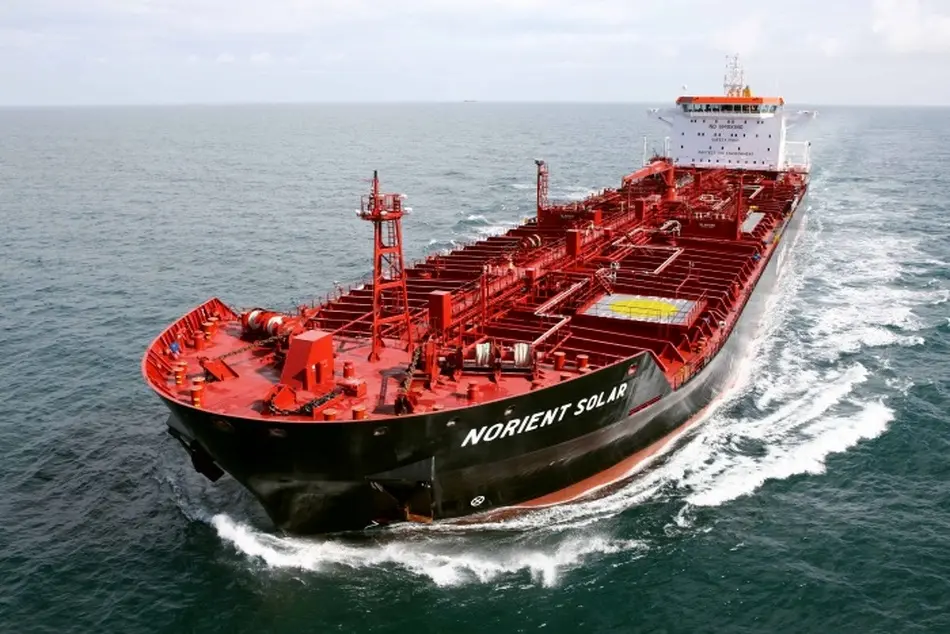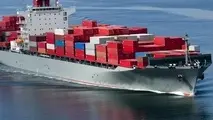Older Handy Product Tankers Could Soon be Scrapped due to IMO 2020 Rules
As the 1st of January 2020 is edging closer, the effects of the IMO 2020 rule on burning cleaner marine fuels are bound to be diverse, across all ship classes. One such case is the Handy product tanker range. In its latest weekly report, shipbroker Gibson said that “looking at the orderbook for Handysize product carriers (25-39,999 dwt), one might think that this size range presents an attractive investment opportunity, with just three vessels currently under construction; the lowest orderbook of any tanker asset class”.

As the 1st of January 2020 is edging closer, the effects of the IMO 2020 rule on burning cleaner marine fuels are bound to be diverse, across all ship classes. One such case is the Handy product tanker range. In its latest weekly report, shipbroker Gibson said that “looking at the orderbook for Handysize product carriers (25-39,999 dwt), one might think that this size range presents an attractive investment opportunity, with just three vessels currently under construction; the lowest orderbook of any tanker asset class”.

According to the Gibson, “scrapping is clearly expected to increase. The average scrapping age for a Handy tanker is 26 years old and, with 25 vessels still trading over this age bracket, these units are prime candidates for demolition now. However, it may be a few more years yet before scrapping starts to accelerate, given that 90% of the fleet currently falls below 20 years of age. However, there are grounds to expect the average scrapping age to fall over the coming years, most notably from 2021 onwards. From 2001 through to 2011, an average of 30 Handies were delivered each year; as these vessels turn 20 they could face additional demolition pressures. Although we note that the average age for scrapping in this sector is 26, pending legislation could force early retirement. IMO 2020 for example will force these vessels to burn compliant fuels. Given the higher consumption of these older units, the incentive to scrap will increase; whilst the economics of installing scrubbers may also prove unattractive. Further, the need to install a ballast water treatment (BWT) systems makes the scrapping argument even more compelling. In short, without a new round of ordering, supply in this sector is set to decline, perhaps dramatically into the next decade”.
“But what about demand for the Handy tanker? Is that also projected to fall in line with fleet supply, justifying the lack of investment? Volumes of dirty cargoes carried on Handy tankers have shown a clear trend of decline in recent years (see chart) and there is little reason to expect this trend to reverse in the short term. Come 2020, short haul trade of fuel oil may decline as gasoil steals a slice of global bunker demand, further limiting the trading opportunities for the dirty Handies. However, as compliant fuel oils (considered a dirty product) gain traction, dirty Handies may see demand return, coinciding with a period of tighter fleet supply”, Gibson said.
The shipbroker added that “as the market dynamics evolve, some Handies trading in the dirty market may be forced to migrate into the clean sector (provided their tanks are in a suitable condition to do so). In effect reducing the negative demand impact for the Handy sector resulting from lower fuel oil demand, particularly if, as per our recent report dated 5th October 2018, the clean sector experiences a positive demand side boost. The older vessels which are not suitable for clean cargoes may however struggle to find employment”.

Meanwhile, “the fate of the Handy sector is also linked to that of the MRs (40-55,000 dwt). When the MR market is poor, those vessels will often compete for Handy cargoes, limiting the earnings potential of the smaller ships. Likewise, when MRs and the overall tanker sector firms, Handies are expected to benefit, even if not to the same degree as in previous years. Evidently, the future for this size class of tanker is probably the most uncertain of all”, Gibson concluded.


